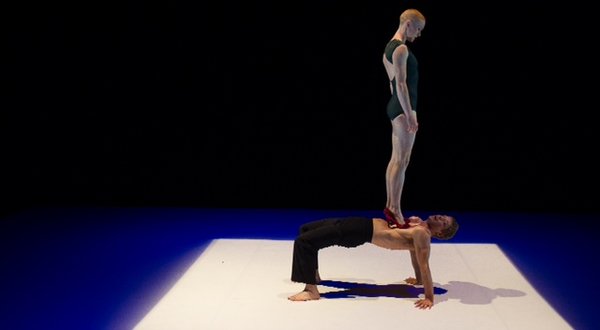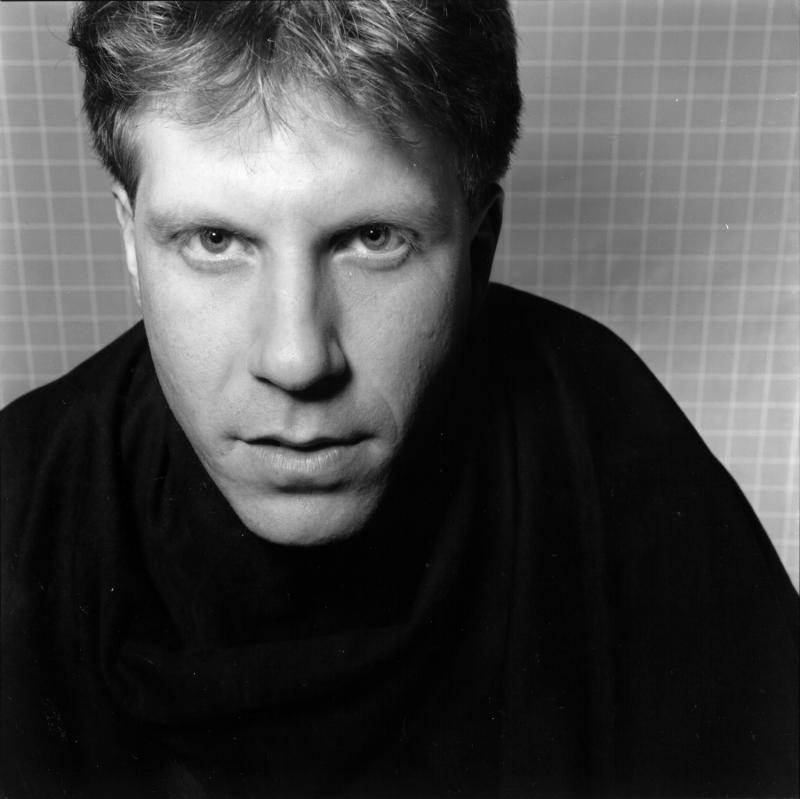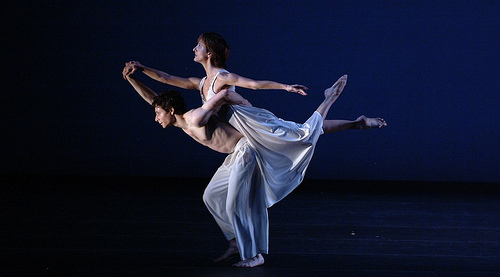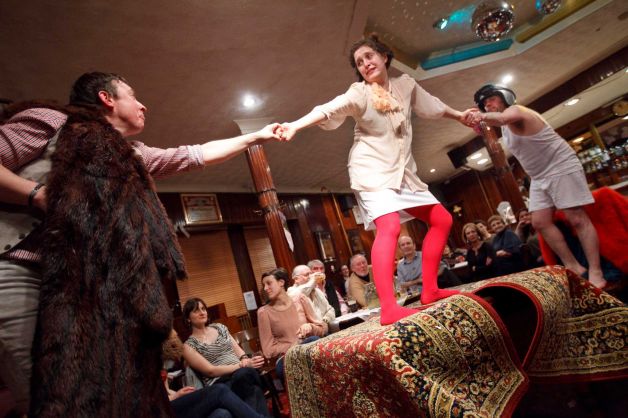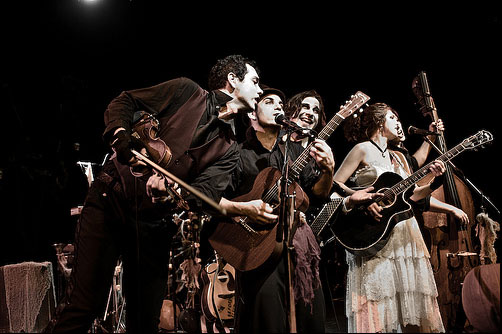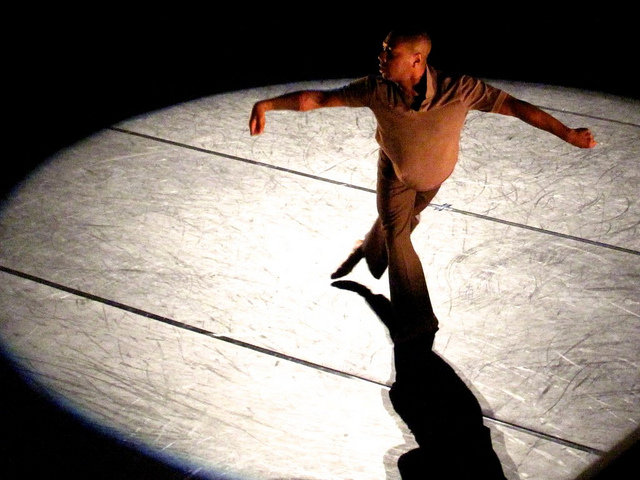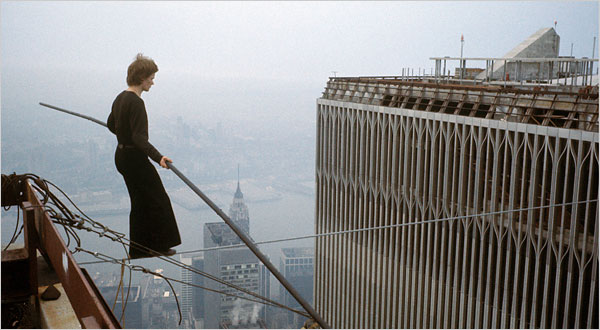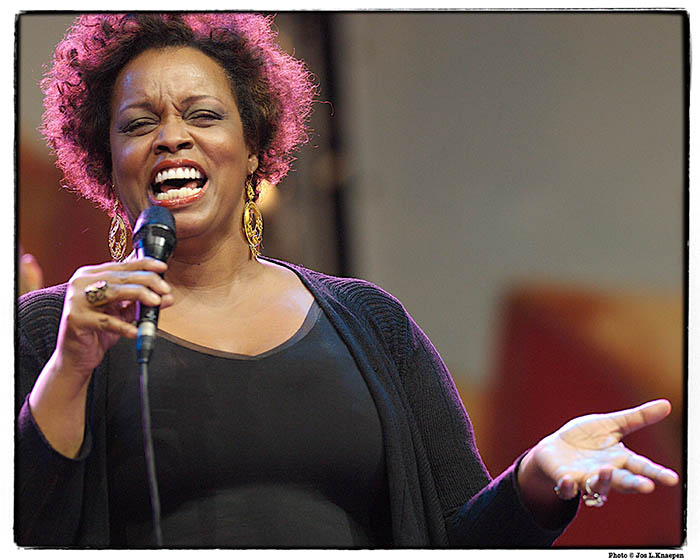 The Arts & Ideas Festival is international in scope, using the unique geography of New Haven as a venue through which to showcase artists and academics from around the globe. But on a recent Saturday, in the heart of downtown, these roles were reversed as the festival played host while New Haven showed off a little of what it has to offer.
That day saw a day-long showcase of musicians, dancers, and community groups from New Haven and across the state in the form of two performance stages and a line of family-oriented activity tents.
The Arts & Ideas Festival is international in scope, using the unique geography of New Haven as a venue through which to showcase artists and academics from around the globe. But on a recent Saturday, in the heart of downtown, these roles were reversed as the festival played host while New Haven showed off a little of what it has to offer.
That day saw a day-long showcase of musicians, dancers, and community groups from New Haven and across the state in the form of two performance stages and a line of family-oriented activity tents.
Kicking off the day was the sixth annual Channel 1 Block Party on Temple Street, hosted by New Haven's Channel 1 Showroom & Gallery. From noon till six, the street filled with the sounds and movement of DJs, break dancers, and live sets from Waterbury's Sketch tha Cataclysm and New Haven's Political Animals. Two mural walls were gradually covered by the intricate chaos of graffiti art, with special guest and legendary New York artist Cey Adams watching from the wings.
“This generation is becoming more homogenized, more separated,” says Channel 1 co-owner Lou Cox, recalling the diversity of the neighborhood block parties he experienced during his youth in New Haven. “The idea is to do one of these in every neighborhood in town, and at the end of the summer do one big event to bring everyone together. This is the kick-off for all that.”
Leslie Cohen, Cox's wife and other Channel 1 co-owner, puts it perhaps more succinctly when she says, “People walk by who might never see another break dance competition in their lives.”
At the Family Stage across the Green the afternoon saw a line-up of world music acts including Connecticut's Oboe Duo Agosto with Yovianna García, folk group Echo Ugunda from East Africa by way of Wesleyan University, and the Jolly Beggars, a Celtic band out of Hartford.
While the Beggars played upbeat arrangements of traditional Irish songs about the Troubles and conflict with the English, the tent hosted by New Haven organization Promoting Enduring Peace saw 5th grade students from the King/Robinson School performing a self-penned song entitled “Save the World,” with heartfelt lyrics pleading for an end to violence and warfare. Balloons were given free to children, on the sides of which were drawn symbols of peace in magic marker.
“It's a festival about Arts and Ideas, and we're really blending each,” said one volunteer, “You'd be amazed how many kids know how to make a peace sign. Even the really little ones.”
Next door at the West Haven Students Art Show artwork from K-5 students at West Haven Head Start was displayed, with father and son volunteers Kenny and Kenny Jr. providing free coloring and origami lessons (this reporter made a somewhat functional flapping crane). “We need art shows for kids,” said Kenny the elder, in his seventh year bringing just that to Arts & Ideas. “We need to support the arts in our communities and our school, to support our art teachers and show kids that this is important. This is a great outlet.”
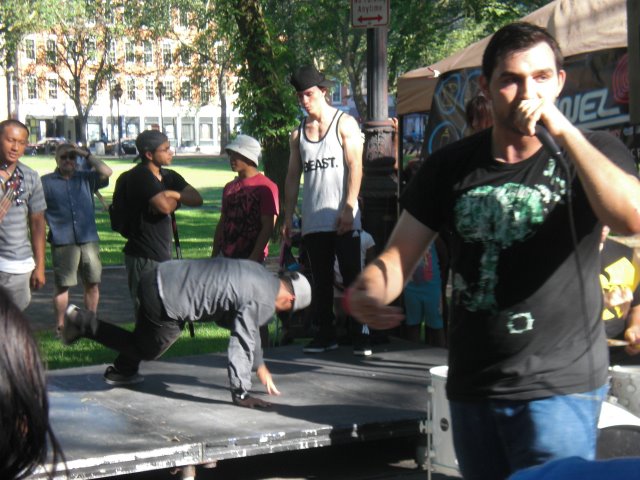 The day’s main attractions were a series of dance performances on the Elm Street Stage, kicking off with a series of series of pieces by students of the New Haven Ballet. Of particular note was a piece by New York based choreographer and performance artist Katie Rose McLaughlin. In a man’s suit from the waist up and wearing only white briefs from the waist down, McLaughlin performed an interpretive dance set to a monologue that ranged from academic lecture to free verse poetry to post-modern exercises in self-reference, read live by a man seated far stage right. The performance was refreshingly unique, and would have seemed more at home in an after-hours gallery than the main stage of “Weekend Afternoons.” Nevertheless old men, young children and scatterings in between sat on the grass and watched, rapt.
The day’s main attractions were a series of dance performances on the Elm Street Stage, kicking off with a series of series of pieces by students of the New Haven Ballet. Of particular note was a piece by New York based choreographer and performance artist Katie Rose McLaughlin. In a man’s suit from the waist up and wearing only white briefs from the waist down, McLaughlin performed an interpretive dance set to a monologue that ranged from academic lecture to free verse poetry to post-modern exercises in self-reference, read live by a man seated far stage right. The performance was refreshingly unique, and would have seemed more at home in an after-hours gallery than the main stage of “Weekend Afternoons.” Nevertheless old men, young children and scatterings in between sat on the grass and watched, rapt.
University of New Haven students Eric, Paul, Nicole, and John caught McLaughlin’s set front and center after coming down to Arts & Ideas to break the monotony of their summer break. “This shows New Haven has a lot of personality,” said Eric of the festival, a native of Milford, New Hampshire. “There's more than just its reputation as a violent place, there's culture here. It's really changed my opinion of the town.”
“I feel like people who are born and raised in Connecticut a lot of times are afraid to come into New Haven,” said New York native Maxine, voicing a similar sentiment. “This brings people in.”
She checked out the Elm Street Stage with her sister Sara, a Bethany transplant, and Sara’s neighbor Mauren. “We came for the music,” said Sara. “The acts are interesting,” agreed Mauren. “There's so much to see.”
The trio chatted and indulged in with wine and hors d'oeuvres laid out in front of their camp chairs as dusk began to settle and the dense crowd got ready for the main event, a performance by New Haven’s favorite Gypsy- swing export Caravan of Thieves and Grammy-winning Black roots band the Carolina Chocolate Drops.
Maxine beamed, “I love it, it reminds me of something in Central Park.”
Why are we doing this? Click here to find out more.



